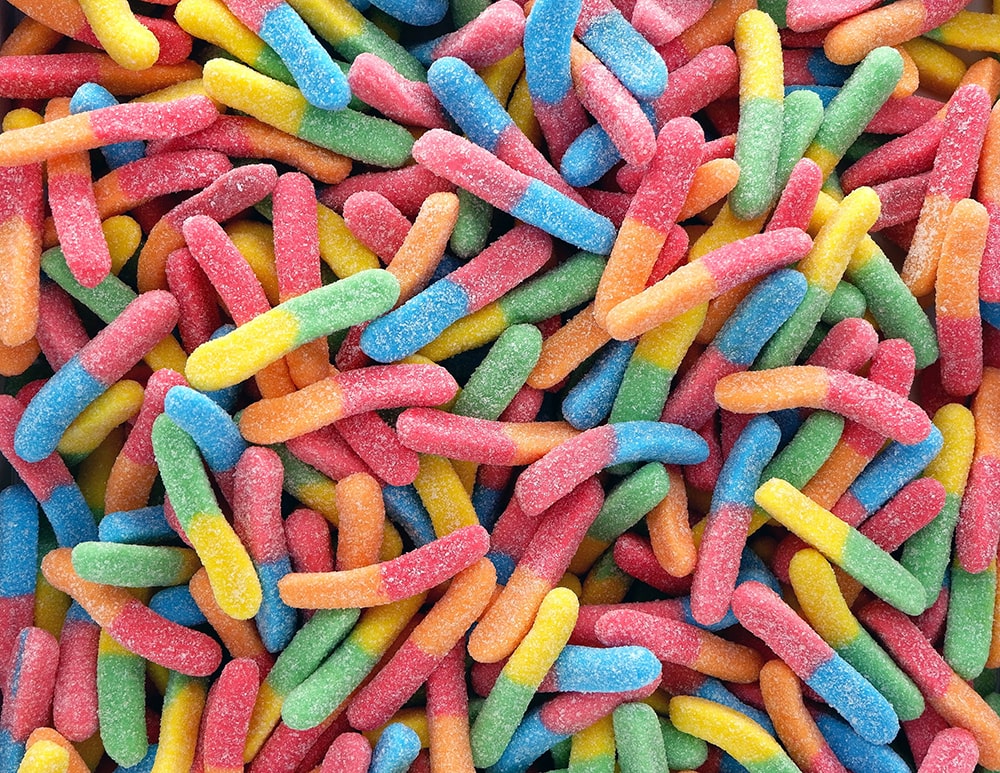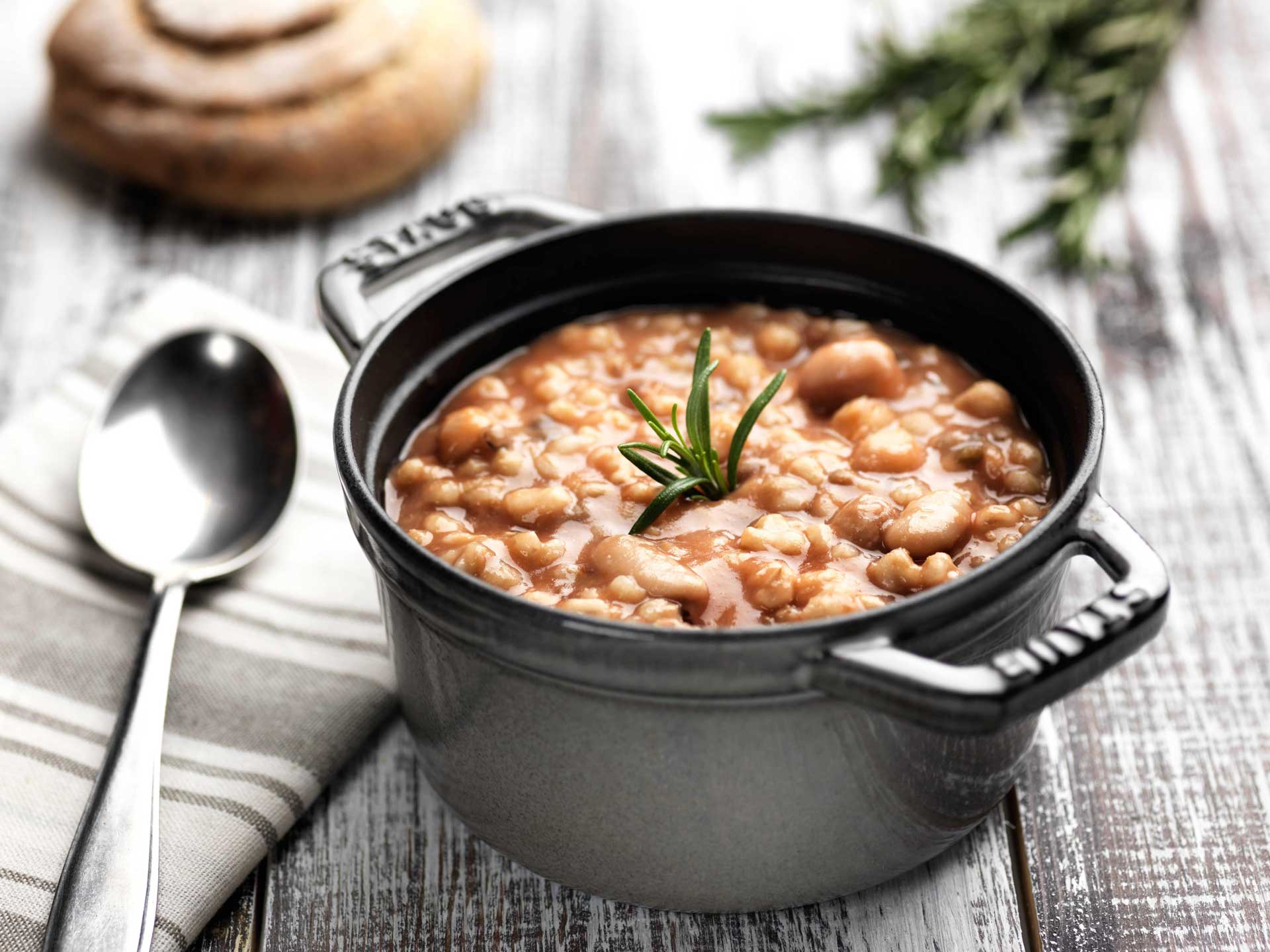
Sugars: Do We Really Know Them?
They include sugars naturally present in milk, fruit, and vegetables, as well as added sugars (*).
The indication from the LARN (Reference Intake Levels for the Italian Population) regarding sugar intake is to limit it, staying below 15% of the total daily energy intake from the diet (*).
A total intake greater than 25% is potentially associated with adverse health events (increased risk of diabetes and cardiovascular diseases) (*).
Sugars are carbohydrates with a high glycemic index, so it's always wise to limit them!
It is strongly recommended to prefer carbohydrates with a low glycemic index, naturally rich in dietary fiber (whole grains, legumes, fruits, and vegetables).
Here's how to defend yourself from excess sugars:
Prefer fresh, non-packaged foods.
Avoid foods and drinks rich in added sugars:
Sugary fruit juices, carbonated drinks, sweetened beverages, but also fruit-flavored yogurts (they are full of sugars!!)
à Instead: Fresh fruit, vegetables, natural fruit juices, fruit and vegetable smoothies, plain low-fat natural or Greek yogurt.
Jams and preserves (with added sugars), candies, spreads, milk chocolate, croissants, cakes, cookies, packaged snacks, sweet snacks in general.
à Instead: Natural organic jams, homemade sweets.
Breakfast cereals.
à Instead, use natural oats, puffed spelt or barley (without added sugars), whole grain toast or bread.
Learn to read the label of packaged products and especially read the list of ingredients.
Avoid adding sugar to tea, coffee, herbal teas, infusions (it's best to consume them plain!).
Strongly limit the use of fructose as a sweetener (small amounts of stevia are allowed).
(*) Italian Society of Human Nutrition - SINU, 2014
LARN - Reference Intake Levels for the Italian Population: CARBOHYDRATES AND DIETARY FIBER.






